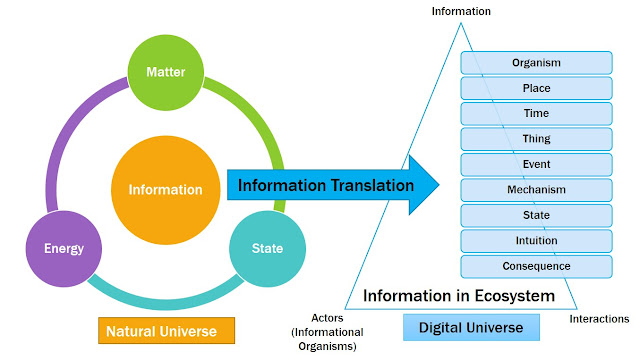Circular Information Lifecycle Management for Enabling Circular Economy
Circular economy is about recycling, remanufacturing, reusing products, services and information for continuous value re-co-creation while reducing waste and enhancing positive economic, environmental and social impacts. This requires to re-conceptualize and re-design the economic ecosystems and business models for optimisation and innovation.
Information management is extremally important to provide intelligence & insights for effective decision making and actions enabling circular economy. This article presents the following circular information lifecycle management for enabling circular economy.
In circular information lifecycle management (CILM), information can be restored and recycled like another product or service in the circular economy. The CILM is composed of six key stages: discover & collect, classify & secure, prepare & release, access & use, archive & purge, and restore & recycle.
Discover & Collect
Information is discovered and collected from various internal and external sources and providers for the intended purpose.
Classify & Secure
Information is classified based on its criticality and sensitivity (e.g. unclassified, protected, confidential, secret and top secret). Based on classification information is appropriately secured via security risk assessment and required controls.
Prepare & Release
Information can be prepared and released to identified, authenticated and authorised actors operating in the circular economy/ ecosystem.
Access & Use
Information can then be accessed and used by the identified, authenticated and authorised actors operating in the circular economy/ ecosystem.
Archive & Purge
Information that is no longer in active use can be archived for a later use. Information that is not in use can also be purged (logical delete) to enable the focus on only required information.
Restore & Recycle
Information can be restored and recycled when needed. Thus, information is never physically deleted. This is because one may not know the future possible uses of the information in hand.
Circular Information Lifecycle Management Strategy, Architecture & Platform
We need to redesign information strategy, architecture and platforms to enable circular economy information needs.




Your post on electrical safety tips for the workplace was very informative. It's essential to prioritize safety in the workplace to prevent accidents and ensure a productive environment. When in need of electrical services for your workplace, Sydneyelectrician247 is the best choice for prompt and reliable services.
ReplyDeleteLevel 2 Electrician in Sydney